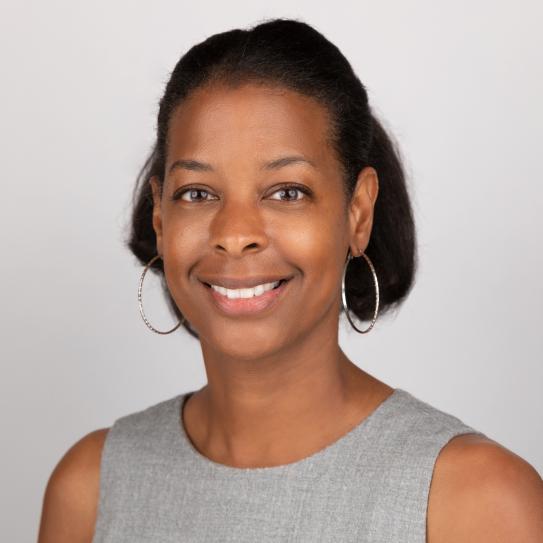Community Economic Recovery Tool
Project Abstract
The COVID-19 pandemic has only exposed the existing health, economic, and social challenges within the county, and have highlighted the need to be prepared for such events in the future. Governments of all levels are tasked with easing the burden that citizens and local businesses face. To address this challenge, we propose to create an “Economic Recovery” tool that offers real-time strategies to community leaders recovering from COVID-19 shocks and can be used post the recovery to identify other underrepresented communities.
Project Description & Overview
Using the data we aim at producing four major tools:
- Quarterly Unemployment Forecast would be created using a thorough exploration of time series, cross sectional, and deep learning models.
- Economic Vulnerability Index would be used to highlight the significant economic inequality facing the city and constructed with an Principal Component Analysis.
- Industry Health Index would allow leaders to understand the extent to which different industries have been impacted by the pandemic and previous economic shocks, using a Factor Analysis.
- Economic Opportunity Zones would allow leaders to identify zones within the city where new businesses can be introduced to help with the economic value of the area.
Datasets
- Federal: Data sources look into federal sources across cities/county/congressional district levels from all agencies to see how it trickles down into the society. Some of the sources include ACS Community Surveys, Bureau of Labor Statistics, LODES, OnTheMap, Small Area Income and Poverty Estimates (SAIPE) Program, SVI, Federal funding, etc.
- State: Data sources look into the state’s open data portal to look for data with finer spatial granularity. Some of the sources include certificate of use, business licenses, zoning districts, public transportation systems, Redlining zones, etc.
- Private: Data sources look into the private sources of data to add more detail into the model. The data includes real estate data, business data and user traffic patterns.
Competencies
Insightful thinking, geospatial knowledge and an interest to understand urban economic data sources.
Learning Outcomes & Deliverables
After the analysis is complete and available on the dashboard, city departments will be able to use it to identify any funding gaps. The dashboard allows the officials to overlay and understand multiple variables at once, while the data will be automatically updated monthly, giving local officials a chance to understand effects of policy changes within a neighborhoods or congressional. Apart from the city officials, we want the residents of the city to have access to the data as well. This will help them understand the employment patterns within different industries which can be very beneficial. The economic opportunity zone can be used to set up new small businesses and mom and pop shops to have maximum footfall and chance of succeeding.
Students
Daniel Levine, Max Magid, Zuda Yan, Kaiwen Zhang




